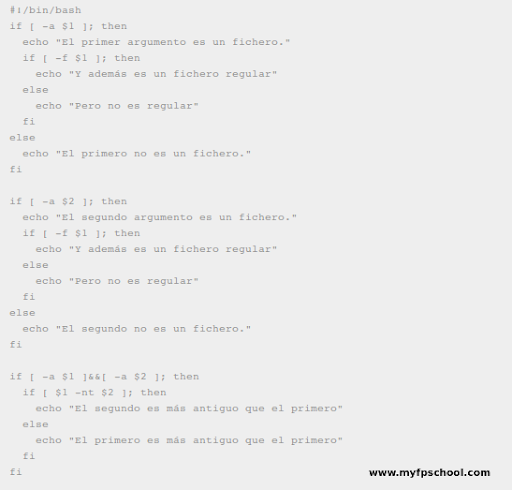-
1. Introduction to operating systems
While web developers primarily focus on coding web applications and front-end development, having a good grasp of operating systems is essential for ensuring the compatibility, security, performance, and reliability of their applications, as well as for troubleshooting and optimizing various aspects of web development.
-
2. Introduction to data networks
Networking is an integral part of web development because web applications rely on network communication to function. A solid understanding of networking concepts and practices is essential for building secure, performant, and reliable web applications.
-
3. The shell. Linux commands
Knowing Linux commands for a system administrator or even a software developer is of utmost importance because most servers run on a Linux or Unix operating system.
- 3.1 ls : showing files
- 3.2 file permissions
- 3.3 mkdir. Creating directories
- 3.4 rmdir. Deleting directories
- 3.5 Moving/renaming files and directories
- 3.6 Other commands
- 3.7 Mounting units
- 3.8 Daemons
- 3.9 What processes are running?
- 3.10 Who am I and where am I?
- 3.11 Files has its owner
- 3.12 Other commands
- 3.13 Users
- 3.14 The /etc/passwd file
- 3.15 The /etc/group file
- 3.16 Links
-
4. Shell script
In this chapter I want you to learn shell script but based on examples. Once you see the example I will propose another very similar one. If you do it and it works great, that means that not only do you understand the exercise but you are able to perform similar exercises. Keep in mind that with shell scripts you have to be patient. Misplaced whitespace can even cause a script to not work. If that happens, take a deep breath, be patient and persist, you will surely find the solution to the problem.
- 4.1. Your first shell script
- 4.2. Adding comments to your shell script
- 4.3. Variables in bash
- 4.4. Functions in bash
- 4.5 Conditional sentences
- 4.6. Repetitive sentences. Loops
- 4.7. Returning to functions
- 4.8. Arguments passed to a shell script.
- 4.9. Interaction with the user.
- 4.10. Using bash as a calculator
- 4.11. The expr command
- 4.12. What is the exit command and exit status?
- 4.13. File comparisons.
- 4.14. Comparisons of integers.
- 4.15. The shift command.
- 4.16. The let command and the arithmetic operators.
- 4.17. Logical operators.
- 4.18. The generation of random numbers.
- 4.20. C-style variables.
- 4.21. Menus in shell scripts.
- 4.22. Length of a string.
- 4.23. Finding out the numerical position of a substring in a string.
- 4.24. Extraction of a substring.
- 4.25. Deleting a substring.
- 4.26. Replacing a substring.
-
5. NETWORKING
4.13. File comparisons.
One of the advantages that shell script has over other programming languages is that it is integrated with the operating system. Operations with files are something natural for it since working with files is one of the main tasks of shell scripts: dealing with files.
Shell script has a lot of expressions to compare files. Let’s see the most useful:
if [ -a $FILE ] is a file
If [ -f $FILE ] is a regular file
If [ -d $FILE ] is a directory
If [ -r $FICHERO ] is a file and has read permission
If [ -w $FICHERO ] is a file and has write permission
If [ -x $FICHERO ] is a file and has execute permission
If [ -s $FICHERO ] is a file and has a size greater than 0
If [ $FILE1 -nt $FILE2 ] file1 is newer than file2
If [ $FILE1 -ot $FILE2 ] file1 is older than file2
Solved exercise.
You are asked to create a script file testfich.sh that takes two parameters (filename) as input and checks that both files exist, are regular files, and shows the name of the oldest file.
Let’s see a possible solution to this solved exercise:

Suggested exercise.
Create a script that displays the number of regular files and directories in a given directory.
